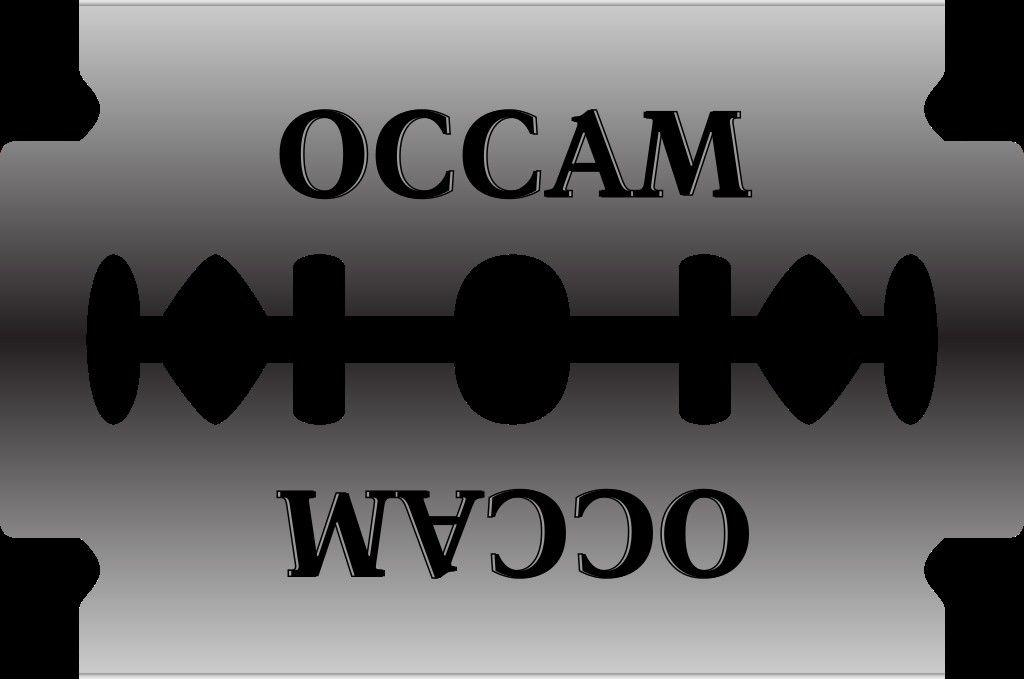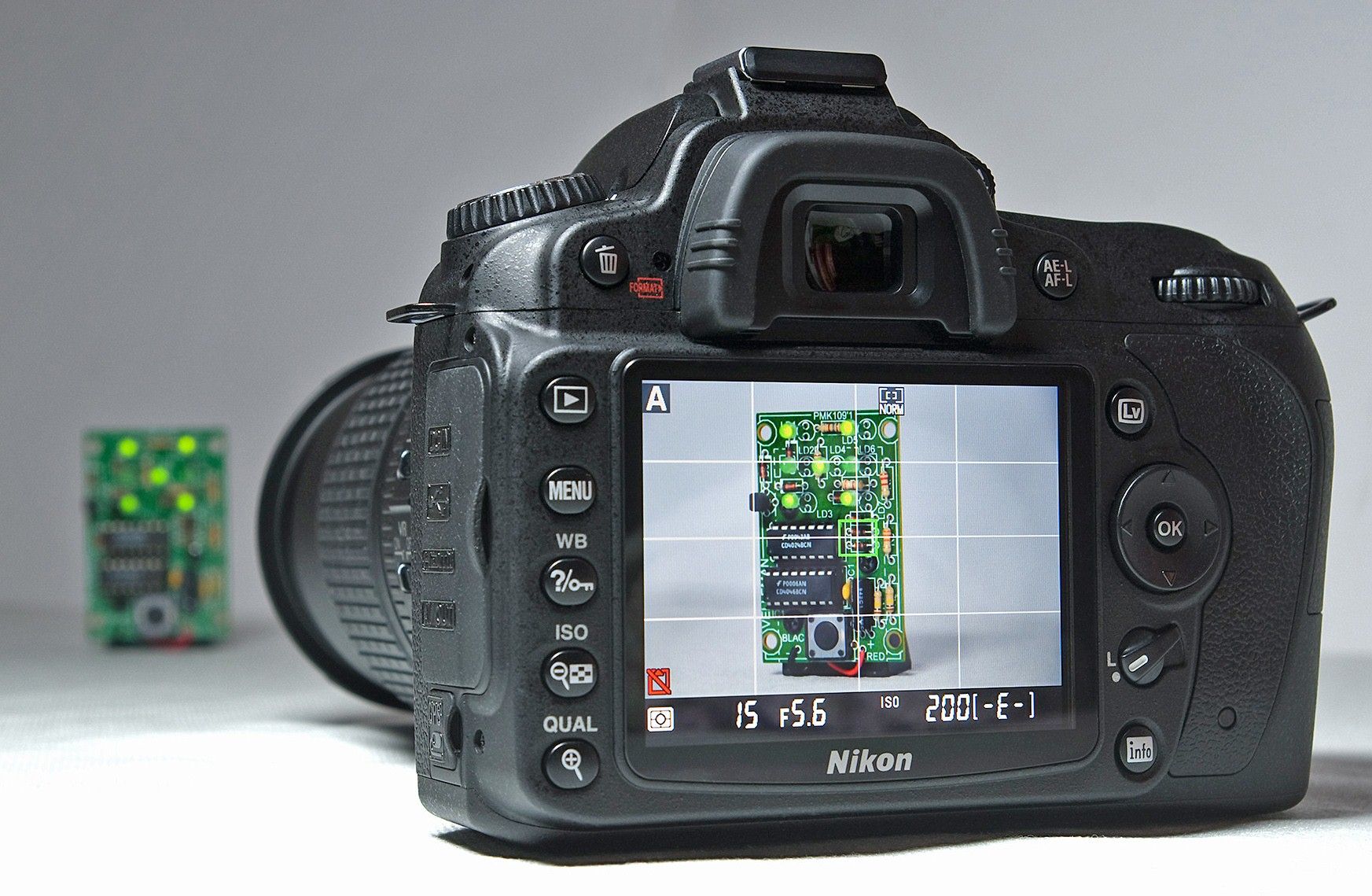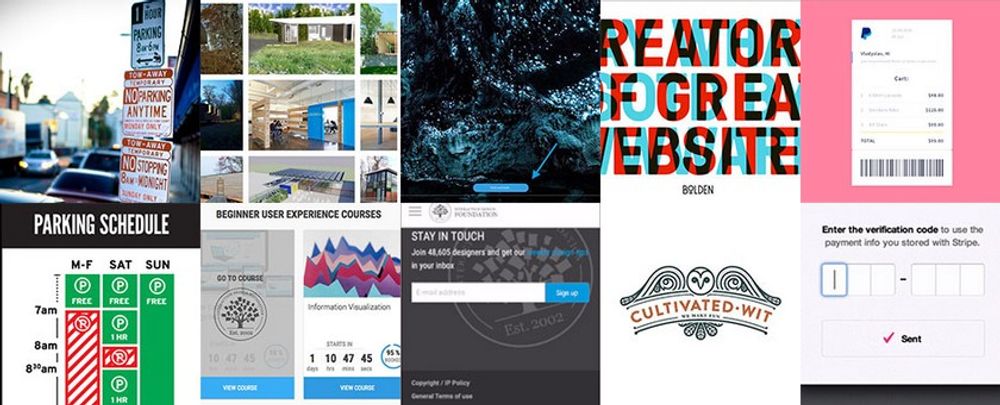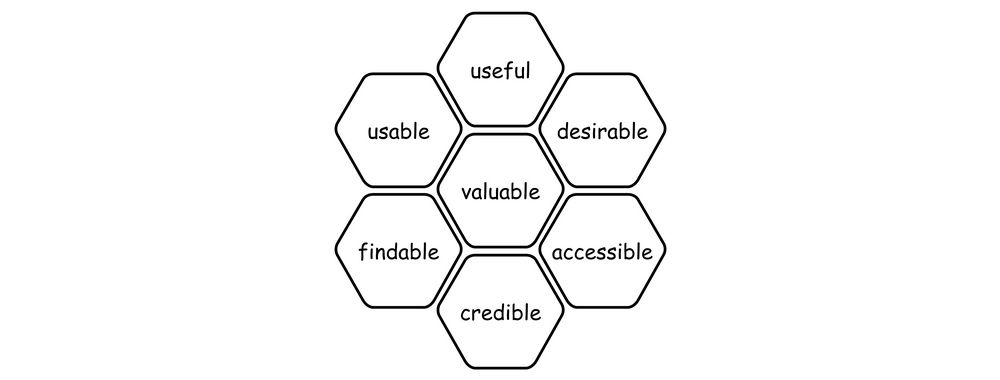It was Albert Einstein who said; “If you can’t explain it, you don’t understand it well enough.” Though it is often mis-reported as being; “If you can’t explain it to a six year old, you don’t understand it well enough.” What Einstein was driving at was a particular application of “keep it simple, stupid”.
From scientific concepts to products the end-user doesn’t care how clever the creator or designer of something is. They care about being able to take that person’s output and make it useful to their own lives. The simpler the explanation and the simpler the product, the more likely it is that the output will be useful to others.
The phrase; “keep it simple, stupid” is thought to have been coined by the late Kelly Johnson, who was the lead engineer at the Lockheed Skunk Works (a place responsible for the S-71 Blackbird spy plane amongst many other notable achievements). It is worth noting that Kelly’s version of the phrase had no comma and was written “keep it simple stupid”.

Author/Copyright holder: Terretta. Copyright terms and licence: CC BY-NC-ND 2.0
There’s really not much more to say here is there? Keep it simple stupid.
Kelly explained the idea to others with a simple story. He told the designers at Lockheed that whatever they made had to be something that could be repaired by a man in a field with some basic mechanic’s training and simple tools. The theater of war (for which Lockheed’s products were designed) would not allow for more than that. If their products weren’t simple and easy to understand – they would quickly become obsolete in combat conditions and thus worthless.
Today the KISS principle is celebrated in many engineering professions (including software engineering) and is often brought to bear by managers in many professions as well as by trainers and educators.
The First Usability Principle?
KISS may have been the first usability principle for product design – though it was never formally presented as a usability principle. It focuses on the idea that if we can’t understand a product, we can’t use it properly and that the widest possible audience must be able to understand it, if the product is to gain maximum market share. This is as true for mobile applications as it is for fighter planes.

Author/Copyright holder: United States Navy. Copyright terms and licence: Public Domain.
The Lockheed F-35 will have been built to the KISS principle and so should your products if you want them to succeed.
Variants of KISS
The KISS principle is also offered in two other forms (for those who feel delicate about the inclusion of the word “stupid”):
Keep it short and simple
Keep it simple and straightforward
Though both phrases technically introduce an “a” into the acronym – they both deliver the same message as “keep it simple, stupid”. The objective of any process is to deliver the simplest possible outcome.
Alternatives to KISS
KISS is related to a fair number of other famous quotes, phrases and principles. Among them:
Occam’s Razor - “Among competing hypotheses, the one with the fewest assumptions should be selected” (but often restated as “The simplest solution is most likely the correct solution” which is not quite the same thing).
Albert Einstein’s – “Make everything as simple as possible but not simpler” (it is possible that Einstein never actually said this and it was actually a paraphrase of something he said during a lecture but the principle remains sound).
Leonardo Da Vinci’s – “Simplicity is the ultimate sophistication” (when, perhaps, the greatest designer in history offers this advice, it’s almost certainly good advice).
Ludwig Mies Van Der Rohe’s – “Less is more” (Mies was a highly respected architect and peer of the better known Frank Lloyd Wright)
Bjarne Stroustrup’s “Make Simple Tasks Simple!” (Stroustrup is a Danish computer scientist and highly regarded academic).
Antoin Marie Jean-Baptiste Roger, comte de Saint-Exupery’s “It seems that perfection is not reached when there is nothing left to add but when there is nothing left to take away.”

Author/Copyright holder: Fred the Oyster. Copyright terms and licence: CC BY-SA 3.0
Occam’s razor is a metaphorical rather than literal razor and it’s often misquoted too. It is possible for something to be too simple and this diagram, rather ably, demonstrates.
A Note of Caution When Applying KISS to Design
Whilst simplicity is an admirable goal and can lead to enhanced user experiences, it is important not to let simplicity interfere with the design objective. The user must still be able to carry out their task requirements with the finished products or the design process has failed – no matter how simple the final design.
Products such as DSLR Cameras are by nature more complex than the cameras found on the latest generations of smartphones. Complexity is to be resisted when it exists for its own sake and not when complexity can enhance the design for the user.

Author/Copyright holder: Bill Bertram. Copyright terms and licence: CC BY-SA 3.0
The DSLR is as simple as it can be without reducing its utility. It’s not as simple as a mobile phone camera but it offers more options to the photographer. KISS has not been abandoned here but rather kept in line with user expectations.
The Take Away
Simplicity is a key design principle. The easier something is to understand and use – the more likely it is to be adopted and engaged with. KISS, “keep it simple, stupid” is thus a great rule of thumb to be applied when considering your design work in a larger context of usage. However, it is also important not to make things so simple that they compromise the functionality of the final design – users will live with a little complexity if it enhances their overall experience.
References
Forbes Magazine explores why using KISS doesn’t make you any stupider. See here.
Lifehacker offers tips into implementing the KISS principle in your life in general here.
Hero Image: Author/Copyright holder: Kristian Bjornard. Copyright terms and licence: CC BY-SA 2.0












